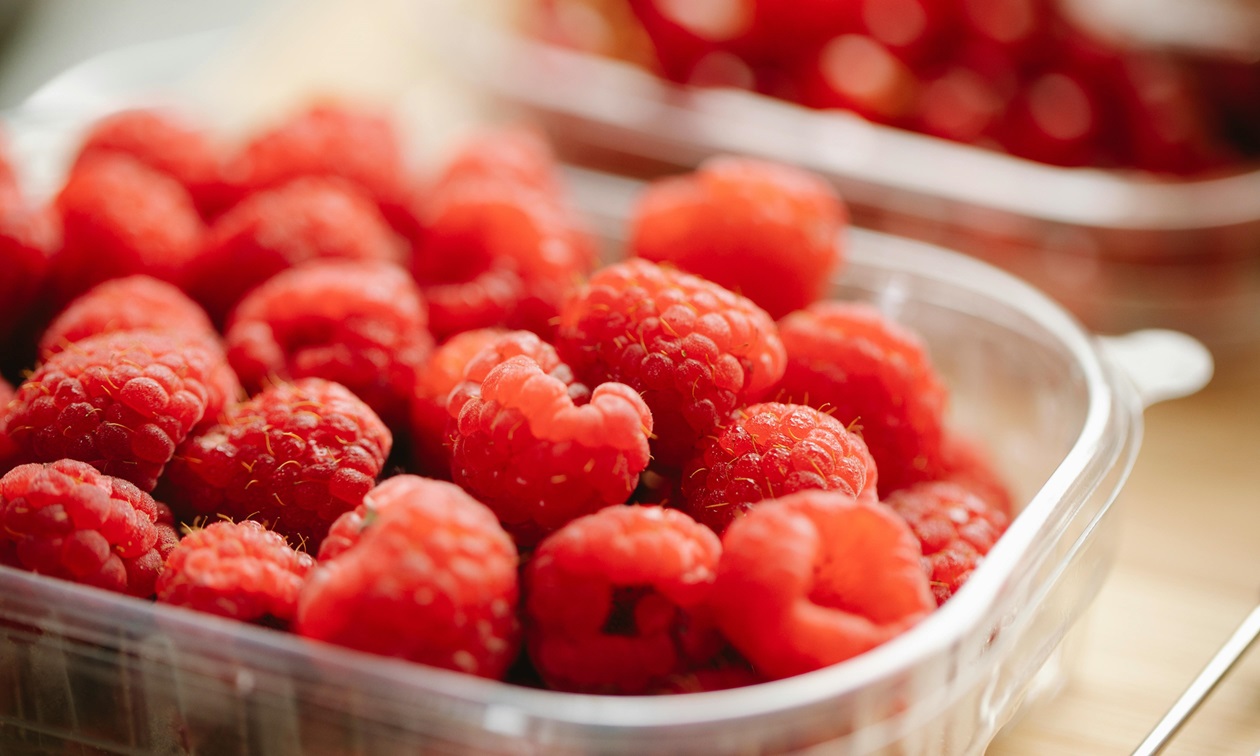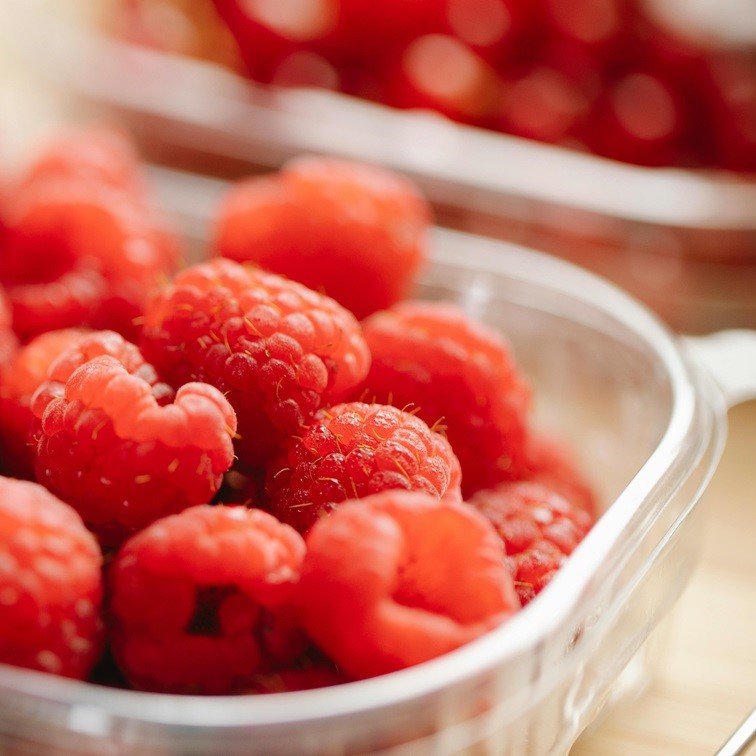

Plastic pollution refers to the accumulation of plastic waste in different environments, including oceans, rivers, lakes, and other natural ecosystems. Plastics are present in all societies, and their pollution largely correlates with the types of products packaged in plastic. The global environmental issue of plastic pollution dates back half a century. This prevalent environmental problem arises from the improper disposal and mismanagement of plastic materials.
Plastic pollution is resulting in a major environmental concern as the huge production arising from disposable plastic products is becoming practically impossible to deal with. Its pollution is believed to be more associated with countries in Asia and Africa, where waste control and management are often inefficient (Parker, 2019). Plastic production has been on the rise since 1950 and this has led to a huge amount of waste, with over 7,800 million metric tonnes in production and with over half of it produced between the years 2004 and 2017. Plastic production and pollution in fresh produce are expected to double by 2050 as over 8 million tons of plastic waste end up in the oceans through coastal nations.
The environment is seriously threatened by plastic pollution, especially when it comes to fresh produce, where single-use plastics are frequently utilised for transportation and packing. Here are four practical strategies to reduce plastic use and to lessen the effects of plastic pollution in this industry and its environment. Adoption of Sustainable Packaging Methods
Packaging materials like plastics play an important role in the production process as it helps to keep products protected during handling, transportation, and storage. With the adoption of sustainable packaging methods, plastic pollution from fresh produce can be reduced as products can be packaged with materials like biodegradable plastics, compostable polylactic acid, recyclable paper, and plant-based materials that pose little or no threat to the environment. This method would lead to using bio-based and recyclable materials (Ibrahim et al., 2022).
With regards to plastic control and reduction, consumer-based action and solutions rank the highest. As such another strategy that could help to reduce plastic pollution from fresh produce is the adoption of refillable and returnable types of plastic bags and containers for product packaging as this will help to eliminate the use of single-use plastics. This will also, not only help to reduce the huge trade-off experienced from the removal of plastic packages for fruits and vegetables in the UK and other parts of the world (White and Lockyer, 2020) but can help to promote the reuse and recycling culture in consumer of plastic packaged produce.
Packages derived from biodegradable materials like starch, corn, unbleached powder and sugarcanes can be destroyed naturally and incorporated back into the ground (Dharmadhikari, 2012). Plastic pollution from fresh produce can also be reduced by the adoption of eco-friendly packaging design as it possesses the ability to reduce plastic pollution and contribute to sustainable development (Nguyen et al., 2020). Through this initiative, Suppliers and producers of fresh produce can work together to create creative packaging solutions that put environmental stewardship and sustainability first. This could entail designing packaging with recyclable or biodegradable materials, utilising minimal packaging, and optimising packaging sizes to use less material.
Environmental training and awareness initiatives can play a crucial role in shaping a new culture by questioning current habits, values, and perspectives. To combat plastic pollution from fresh produce, producers and policymakers need to prioritise investing in educational programs for customers and the public. By promoting environmental awareness and education, it is possible to address and reduce environmental challenges effectively.
Retailers and food suppliers can interact with customers by using labelling, signage, and educational initiatives to draw the populace’s attention to the negative environmental effects of plastic packaging and promote eco-friendly buying habits.
Article written by: Frank Aisagbon
References